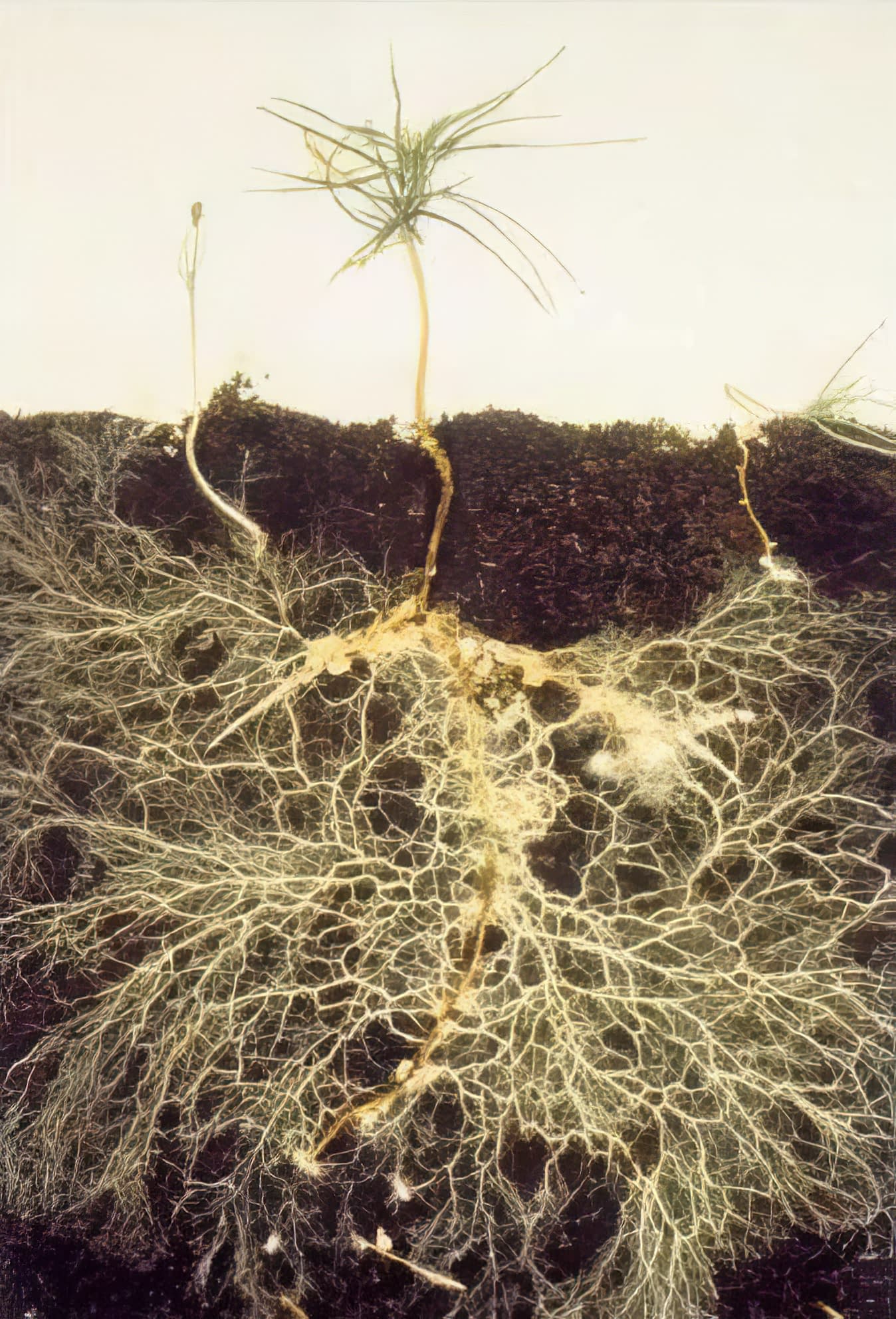Site and Planting
Schedule
Cushaws are not frost tolerant. Seedlings thrive in late spring and early summer after danger of frost, when the soil reaches 60° Fahrenheit.
It may be useful to try to find out if there are traditional times recommended to plant winter squash in your area. Winter squash cushaws require 60 days after fertilization in order to produce viable seeds, but producing high quality flesh often requires additional time on the vine. Work backwards from the date of fall frost danger to ensure you plant the cushaws with enough time to mature.
Imitate nature with succession sowing
Wild seeds often germinate over a longer period of time than domesticated crops, and staggered germination can help protect from pests. Some gardeners mimic this trait by sowing seeds every week or two during planting season.
Site
Vines need at least 6 hours of direct sun daily. A little of shade can help. Growers in cool climates can locate their cushaw planting to maximize sun exposure. In the northern hemisphere this would be a southern exposure.
In general, cushaws will thrive under similar conditions to other squash. They will not grow in soil that is waterlogged, but are somewhat tolerant of natural variations in humidity and rainfall.
Soil
Cushaw vines can benefit from fertile soil and amendments like aged compost, but they are traditionally grown with minimal amendments, treatments, or irrigation. Soil pH between 6 and 8 allows cushaws to make the best use of nutrients, but they can grow outside that range.
Local seeds and microbial allies: A powerful partnership
Throughout its life, a plant builds partnerships with millions of microscopic allies. Plant roots release chemicals to attract fungi that improve water and mineral access, bacteria that fight off diseases, and other allies it finds in local soil.
When we save seeds, the seeds incorporate microbial allies, giving the next generation an advantage when planted in the same garden. You can learn more about this topic in a free course from Going to Seed, How Microbes Help Local Adaptation.
Final spacing
Cushaws usually have a vine habit, and vines can reach 50 feet long. They are often planted in 6-foot rows, spaced 3 feet apart, or planted in hills spread 6 feet apart.
Open pollination and crosses
Natural crosses among cushaws are common and often desirable. Allowing cushaws with good characteristics to cross usually produces new cushaws that also have good characteristics. C. argyrosperma can cross naturally with other species of Cucurbita squash but it is rare.
Cushaw vines can benefit from a small amount of shade, but choose a location that receives at least 6-8 hours of direct sunlight daily. In cool northern hemisphere climates, an area facing south is often best.
Direct sowing vs. starts
Some situations call for starting indoors. With small amounts of seed or new beds, starting seeds in containers can improve the odds of success. In short season climates, growers start seeds indoors 3-4 weeks before the last frost, at least during the first year or two to harvest squash as close to maturity as possible.
In warmer climates, once the gardener has hundreds or more seeds, and established garden beds, it is often practical to sow directly in the soil.
Direct sowing
Sow seeds approximately 1 inch deep into holes or furrows. Sow 6 seeds per hill, or one seed every 6 inches for rows. Cover with soil and press to make good contact.
In dry climates, keep the soil moist until the vines germinate and establish roots. With warmth and moisture, the seeds will germinate in a few days.
Using starts
Squash seedlings are relatively large, and need relatively large containers.
When starting the seeds indoors, it can be useful to add some of your native soil to the potting mix so the seeds develop relationships with soil microbes right from the start. Check out the free Going to Seed course “How Microbes Help Local Adaptation” to learn more.
Air temperature and soil temperature are both important when working with starts. Plants started indoors may need to acclimate to the outdoors before planting in the ground.
